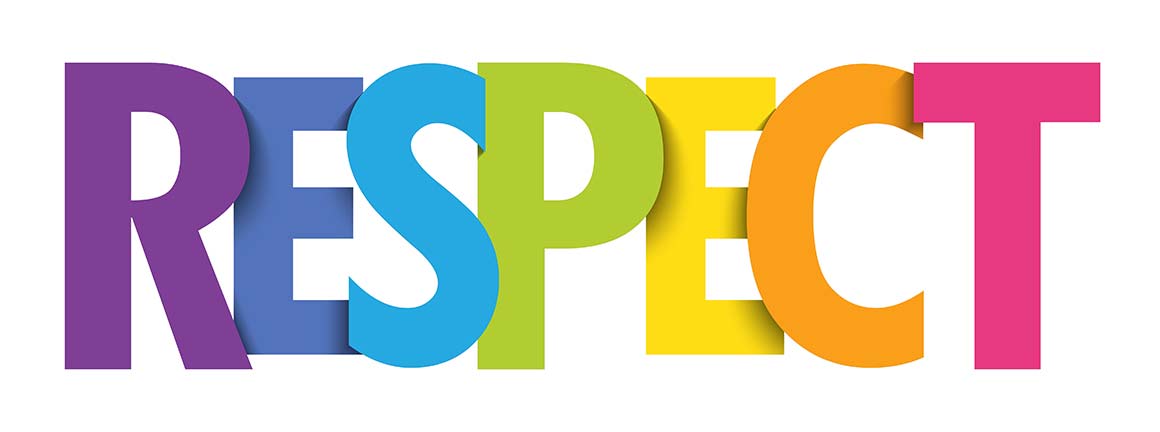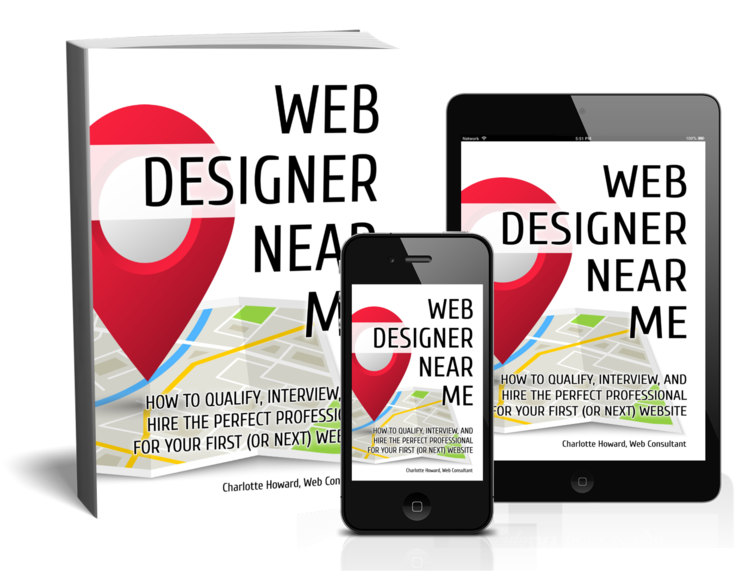Web design for yourself (your ego) vs web design for your people (end-user)
Is your ego getting in the way of results?
A well-designed website is more than just a digital storefront; it’s an essential touchpoint for engaging with your audience. As a web consultant and digital marketer, I’ve seen countless instances where the distinction between designing for oneself (ego-based) and designing for the end-user (your ideal client/customer/patient/guest) can make or break a website’s success. Here’s why focusing on your audience’s needs over your own preferences is crucial.
Ego-Based Design: The Risks
Misaligned Priorities
When you design a website based on your tastes and preferences, you risk prioritizing elements that may not resonate with your target audience. This can lead to a website that looks impressive to you but fails to connect with the visitors it’s meant to serve.
Overcomplication
Ego-based design often leads to overly complex sites filled with unnecessary features and content. This complexity can confuse visitors, leading to frustration and increased bounce rates. Remember, simplicity and clarity are key to user engagement.
Neglecting User Experience (UX)
A website that doesn’t consider the user experience can be difficult to navigate. Poor UX results in lost leads and potential customers who might leave your site out of sheer frustration.
Inconsistent Branding
Personal biases can cause a disconnect between your brand and your website’s design. This inconsistency can confuse users and weaken your brand’s identity.
SEO Issues
An ego-based approach may neglect essential SEO practices, leading to poor search engine rankings. Design elements like excessive use of animation, large unoptimized images, and lack of mobile responsiveness can hurt your visibility.
End-User Design: The Benefits
Enhanced Engagement
When you design with your audience in mind, you create a website that speaks directly to their needs and preferences. This tailored approach encourages visitors to engage more deeply with your content and services.
Improved Usability
A user-centric design prioritizes ease of navigation and accessibility. This ensures that visitors can find the information they need quickly and efficiently, leading to a positive user experience and increased satisfaction.
Higher Conversion Rates
By focusing on what your audience wants and needs, you can guide them through the buyer’s journey more effectively. Clear calls-to-action, relevant content, and intuitive design elements all contribute to higher conversion rates.
Stronger Brand Loyalty
A website that resonates with your audience fosters trust and loyalty. When users feel understood and valued, they are more likely to return and recommend your site to others.
Better SEO Performance
User-centric websites are typically more aligned with SEO best practices. Clean, fast, and mobile-friendly designs, along with relevant content, help improve search engine rankings, driving more organic traffic to your site.
Balancing Your Vision With User Needs
It’s natural to want your website to reflect your vision and personality. However, the key is to strike a balance between your personal preferences and the needs of your audience. Here are a few tips to help you achieve this balance:
Conduct Audience Research
Understand your audience’s demographics, preferences, and pain points. Use surveys, interviews, and analytics to gather insights that will inform your design decisions.
User Testing
Before finalizing your design, conduct user testing to gather feedback. This will help you identify any issues and make necessary adjustments to improve usability and engagement.
Focus on Content
Ensure your content addresses the needs and interests of your audience. High-quality, relevant content is crucial for keeping visitors engaged and encouraging them to take action.
Responsive Design
Make sure your website is mobile-friendly and fast. A significant portion of web traffic comes from mobile devices, so a responsive design is essential for reaching and engaging your audience effectively.
Iterate and Improve
Continuously monitor your website’s performance and make improvements based on user feedback and analytics. A website should evolve with your audience’s needs and preferences.
It’s Called Respect.
Designing a website with your audience in mind is not just a best practice—it’s a necessity.
While it’s important to incorporate your vision, the primary focus should ALWAYS be on creating a user-centric experience that meets the needs of your ideal clients.
By avoiding the pitfalls of ego-based design and prioritizing your audience, you can build a website that drives engagement, fosters loyalty, and ultimately supports your business goals.
Respectful Web Design Is a Commitment to Your Audience
Respect your website visitors.
Don’t waste their time.
Make it easy for them to learn more about your products and services.
Simplify the process of doing business with you. Show them that you care.
——————
Ready to create a website that truly respects and engages your audience?
Contact us today to learn more about our web design and digital marketing services.
Let’s show your visitors the respect they deserve.
Why choose Accelerated Web Systems?
✔️ We believe in nuance, alignment, and consistent, relentless work. You are not just a number with us.
✔️ We dive deep into your unique business proposition, your ideal client persona, and your revenue goals.
✔️ We evaluate your current situation in the search engines from many angles to establish a benchmark before we start. Keywords, competition, reviews, Google properties, website speed, and website conversion rates all play a part in a successful SEO campaign.
✔️ We research, strategize, plan, and execute for short and long-term success.
✔️ You can count on our SEO services being comprehensive, clever, creative, and competitive.
✔️ We have been professionally designing websites for over 20 years and have the experience it takes to elevate your business!


